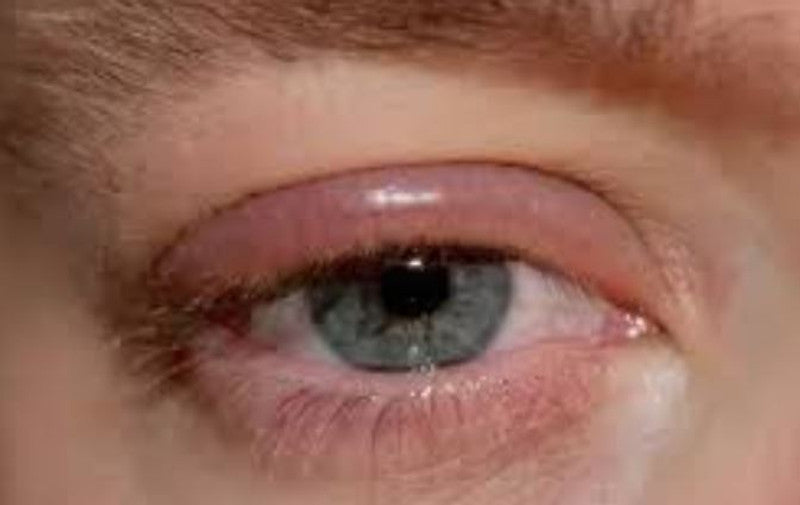
HOW TO TELL THE DIFFERENCE BETWEEN ALLERGY AND IRRITATION
Share

HOW TO TELL THE DIFFERENCE BETWEEN ALLERGY AND IRRITATION
Is it an allergy or an irritation? Knowing the difference between the two is essential to keeping your clients' lashes (and eye area) happy and healthy.
In our dream world, no one is allergic to adhesive, and anyone who wants to get a beautiful eyelash extension can do so. Irritations and allergies are unfortunately very real. The symptoms are similar, so trying to tell the difference between the two can be nerve-wracking, especially when you have no prior experience and don't know what to expect. It's always best to consult a doctor if you have any medical concerns, but the following guidelines can help you assess the severity of the situation, rule out irritation, and identify allergies.
WHAT IS AN ALLERGY?
An allergy is an immune response in which the body overreacts to an allergen (such as pollen, peanuts, or, in this case, the cyanoacrylate in eyelash glue). Red, puffy eyes, itching, and swelling can be signs of an adhesive allergy, but symptoms vary from person to person.
If you have allergies, symptoms will persist until the adhesive is removed and can worsen with time and exposure. Every time a person is exposed to an allergen, their reaction becomes worse. This is because our body's immune system is constantly adapting and making antibodies to fight the allergen. The more times a person is exposed to an allergen, the stronger and more dramatic the reaction. In other words, it is a bad idea to apply lashes to clients who have had allergic reactions to the adhesive in the past.
TREATING AN ALLERGIC REACTION
If your client thinks they are having an allergic reaction to the adhesive, and not just irritation, they can take an antihistamine medication to help the symptoms subside. If the antihistamine works, you can be sure it is an allergic reaction. You should also remove the extensions and advise them to see an ophthalmologist, as a prescription for a topical steroid may be necessary.
WHAT IS IRRITATION?
Symptoms of irritation can be similar to those of an allergy, making it very difficult to distinguish between them. Irritations usually come from the fumes released by the adhesives. Individual gas molecules of cyanoacrylate leave the adhesive and can cause swollen, red eyes and make the sclera (the white part of your eye) red, stinging, and itchy. Irritations usually last no more than 24 hours and should subside over time. The exception to this is seasonal allergies. Eyelash extensions can contribute to seasonal allergy symptoms when a person already has sensitive, irritated eyes.
LIMIT IRRITATIONS
The easiest way to limit irritation is to limit the amount of vapors your customers are exposed to. This can also help you determine if their reaction is an allergy or irritation. If you can ensure that you have used proper techniques and followed safety procedures, irritations should be limited and less severe.
1. Use as little glue as possible. This will allow you and your clients to be exposed to less fumes. Additionally, it will also help the base blend more seamlessly with your clients' natural lashes for a more natural lash line.
2. Use a fan often.
3. Remind your client to keep their eyes closed during application. It’s important to be transparent in the lash application process. Let your clients know how long it should take and explain why it’s important to keep their eyes closed. If they understand, they’re much more likely to follow your instructions.
4. Clients who wear contact lenses must remove them before their appointment.
Eyes are very sensitive, so irritation can still occur even when following all directions. Take your clients' concerns seriously, but don't assume it must be an allergy. In most cases, it's just eye irritation that goes away within a few hours.
Making sure you are confident in distinguishing between these two situations will make it easier to calm a stressed client and help you provide a clear plan of action.
If you want to avoid all of these situations, use an adhesive containing a medical grade cyanoacrylate, such as SLW Adhesive No.1.
If you have any questions, please do not hesitate to contact a member of our team.